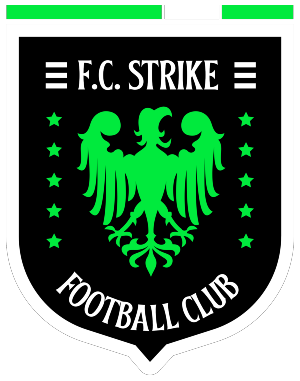Hello Soccer Parents,
If you’ve spent time around youth soccer training, you’ve probably noticed a shift in the way we approach conditioning. Instead of spending considerable time on traditional athletic conditioning drills, we’ve moved our focus to game situations. This blog post aims to explain why we’ve made this shift and how it benefits our young players.
Why the Shift?
Our goal in youth soccer training is not merely to mold children into physically strong athletes. It is to create well-rounded soccer players who understand the game, can think on their feet, and apply their skills effectively. Here’s why we’ve shifted our focus:
- Enhanced Learning: Soccer is more than just a physical game; it’s a mental game as well. Playing game situations helps players better understand the rules, strategies, and tactics, which can be more beneficial than merely focusing on athletic conditioning.
- Skill Application: By playing game situations, kids can apply the skills they’re learning in a practical, real-world context. This not only helps them to better understand when and how to use these skills, but it also makes the learning process more fun and engaging.
- Improved Decision Making: Game situations require players to make quick decisions under pressure, fostering their problem-solving skills and improving their game intelligence.
- Whole Player Development: While athletic conditioning focuses primarily on physical attributes like strength and speed, game situations help develop a player’s technical skills, tactical understanding, and psychological strength, creating a more well-rounded athlete.
How Does This Affect Conditioning?
While we’ve shifted our primary focus to game situations, that doesn’t mean we ignore athletic conditioning entirely. Instead, we incorporate conditioning into our game-based training. For example:
- High-Intensity Game Situations: By altering the size of the play area or the player count, we can create high-intensity game situations that improve players’ fitness while they’re learning the game’s nuances.
- Position-Specific Conditioning: Players also get to practice and understand the physical demands specific to their positions. For example, midfielders often require a higher level of stamina due to their role, while strikers and defenders might focus more on short sprints and agility.
Your Role as Parents
As always, your support is crucial in this process. Here’s how you can help:
- Understanding and Support: Understand the reasons behind this approach and explain it to your child if they’re curious about why we’re not doing as many traditional conditioning drills.
- Encourage Rest and Recovery: Just because the training is game-centered doesn’t mean it’s not physically demanding. Ensure your child gets enough rest, eats well, and stays hydrated.
- Celebrate Progress: Observe your child’s progress not just in terms of physical fitness, but also their understanding of the game, technical abilities, and decision-making skills.
Wrapping Up…
In our pursuit to develop intelligent, well-rounded soccer players, focusing on game situations allows us to create an engaging, effective learning environment. It fosters not just physical development, but also cognitive, technical, and psychological growth, creating not just better players, but a deeper love for the beautiful game.
As always, we appreciate your continued support. See you at the next training session!
Coach Mick

